Diets developed to increase DHA concentration
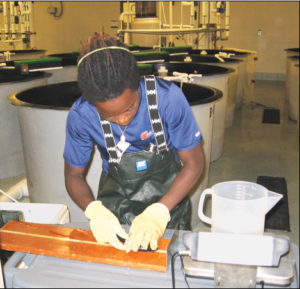
Marine fish are a nutritious component of the human diet, providing important vitamins, proteins and essential long-chain omega-3 fatty acids such as docosahexaenoic acid (DHA) that are naturally abundant in marine food webs. Increasing consumer demand for these species will likely be met through aquaculture.
Recent concerns related to the potential degradation of ecological food chains, price instability and possible contaminants in aquaculture feeds based on fishmeal and fish oil have generated considerable interest in reducing or removing those fish products from aquaculture diets. However, animals raised on no-fish diets should still provide equivalent levels of the beneficial fatty acids that make seafood especially healthy.
Recent research by the authors evaluated strategies to reduce or eliminate fishmeal and fish oil in diets for red drum (Sciaenops ocellatus) by substituting terrestrial proteins and lipids while maintaining equivalent levels of beneficial fatty acids in the final product by incorporating DHA supplements derived from marine algae.
Test diets
Four grow-out and four finishing diets were tested (Table 1). Each contained 44 percent protein, but lipid levels were 10 percent in the grow-out diets and 15 percent in the finishing diets. Poultry meal replaced fishmeal in diets 2, 2F, 3, 3F, 4 and 4F to maintain protein levels and palatability. Soy and flax oils replaced fish oil and were balanced to maintain consistent n6:n3 ratios and lipid levels in diets 3 and 4.
Leffler,Growout and finishing diets formulated and tested in study, Table 1
| Treatment | Diet Type | Description |
|---|---|---|
| 1 | Growout | Control – 28% fishmeal, 6% fish oil |
| 1F | Finishing | 28% fishmeal, 6% fish oil, 5% commercial oil |
| 2 | Growout | 5% fishmeal, 6% fish oil |
| 2F | Finishing | 5% fishmeal, 6% fish oil, 5% commercial oil |
| 3 | Growout | 0% fishmeal, 0% fish oil |
| 3F | Finishing | 0% fishmeal, 5% fish oil |
| 4 | Growout | 0% fishmeal, 0% fish oil, 3.4% algal extract, 0.9% microbial product |
| 4F | Finishing | 0% fish meal, 0% fish oil, 5% commercial oil |
In order to produce a more healthful product for humans, the finishing diets were developed with the goal of increasing the concentration of DHA in fish during their last four weeks before harvest. The lipid content of grow-out diets 1, 2 and 4 was increased to 15 percent with the addition of a commercial oil containing 40 percent DHA derived from marine algae. Menhaden fish oil and flax seed oil were added to diet 3 to increase its lipid content to 15 percent, as well.
Experimental design
Juvenile red drum with a starting mean weight of 252.00 ± 2.78 grams, bred and raised by the South Carolina Department of Natural Resources, were fed commercial fishmeal/fish oil diets prior to the experiment. Twelve fish were stocked in each of 24, 1.4-cubic-meter indoor tanks. After two weeks of acclimation, three fish from each tank were sacrificed, filleted and analyzed to provide baseline lipid profiles of the edible flesh.
Diet treatments with six replicate tanks per treatment were assigned in a randomized block design across three closed recirculating systems. Diets prepared in the lab were fed at 3 percent body weight/day using automated belt feeders over a 20-week grow-out period. Fish were batch weighed monthly, and feed rates were adjusted accordingly. After 20 weeks, fish on the control diet were approaching harvestable size at a mean weight of 719 grams.
At that time half of the tanks in each treatment were switched to finishing diets to enhance levels of DHA in the final product or at least restore lipid profiles similar to those of the control fish. Both the original diets and corresponding finishing diets were fed for an additional four weeks. Three fish from each tank were harvested with individual weights and lengths measured and fatty acid profiles determined for individual skinless fillets.
Production results
The final weights of fish switched to the plant oil, DHA-enriched finishing diets 1F, 2F and 4F for the final month of the study were not significantly different from those for fish that remained on the original diets during the finishing phase (Fig. 1). When fish on diet 3 without fishmeal, fish oil or fatty acid supplementation were supplied with fish oil as 5 percent of the finishing diet 3F, their growth rate increased rapidly over those that remained on the original diet.
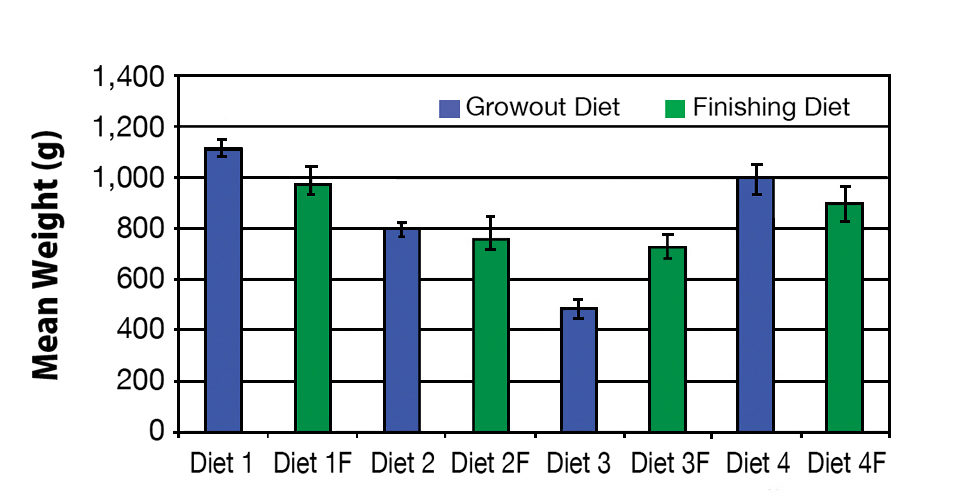
By the end of the 24-week study, mean weights of the fish fed the conventional fishmeal, fish oil diet 1 were not significantly (P > 0.05) different from those for fish fed diet 4 with fatty acid supplementation but no fishmeal or fish oil. Fish fed both the low-fishmeal diet 2 and diet 3 without fishmeal, fish oil or fatty acid supplementation lagged significantly in growth.
It is essential that red drum on no-fish diets receive fatty acid supplementation, specifically docosahexaenoic and arachidonic acids (DHA, ARA).
Fatty acid results
A goal of this study was not only to explore the production potential of diets with no fishmeal or fish oil, but also to consider the healthfulness of the product for human consumption in terms of the beneficial fatty acid DHA. In all cases, fish switched to finishing diets high in DHA responded with increased accumulation of this fatty acid in their tissues, independent of whether it influenced growth rate (Fig. 2).
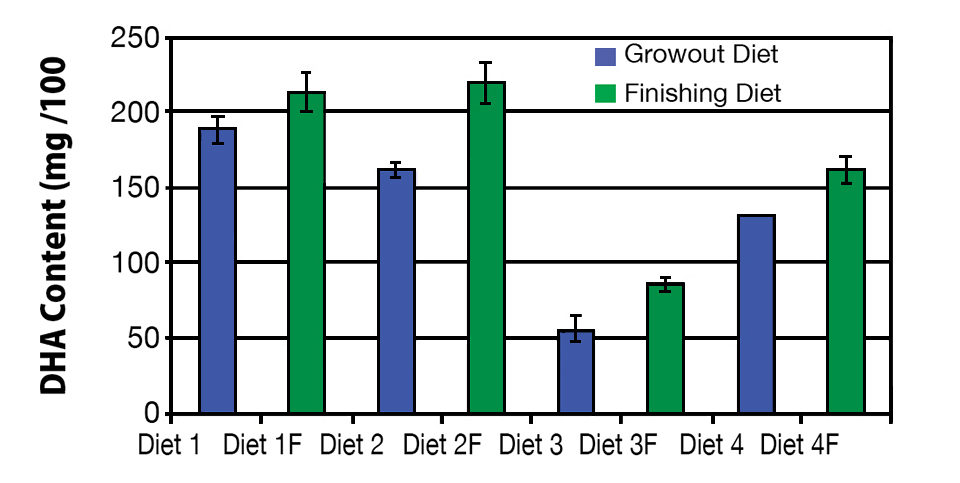
Fish raised on diet 4 responded to the finishing diet 4F and achieved tissue concentrations of DHA statistically indistinguishable from fish raised solely on the conventional fishmeal, fish oil diet. The highest DHA levels were found in diets 1F, 2F – treatments where a DHA-enriched finishing diet was used in conjunction with a fishmeal-based grow-out diet.
Fish fed diet 3 were significantly lower in DHA than those on the other diets. With no DHA in their diets, these fish probably survived only on stored reserves developed prior to this study.
(Editor’s Note: This article was originally published in the January/February 2009 print edition of the Global Aquaculture Advocate.)
Now that you've reached the end of the article ...
… please consider supporting GSA’s mission to advance responsible seafood practices through education, advocacy and third-party assurances. The Advocate aims to document the evolution of responsible seafood practices and share the expansive knowledge of our vast network of contributors.
By becoming a Global Seafood Alliance member, you’re ensuring that all of the pre-competitive work we do through member benefits, resources and events can continue. Individual membership costs just $50 a year.
Not a GSA member? Join us.
Authors
-
John W. Leffler, Ph.D.
Marine Resources Research Institute
South Carolina Department of Natural Resources
217 Fort Johnson Road
Charleston, South Carolina 29412 USA[118,111,103,46,99,115,46,114,110,100,64,106,114,101,108,102,102,101,108]
-
Deliah Arrington
Marine Resources Research Institute
South Carolina Department of Natural Resources
217 Fort Johnson Road
Charleston, South Carolina 29412 USA -
Gloria Seaborn
Center for Coastal Environmental Health and Biomolecular Research
Charleston, South Carolina, USA -
Craig L. Browdy, Ph.D.
Novus International Corp.
Charleston, South Carolina, USA
Related Posts
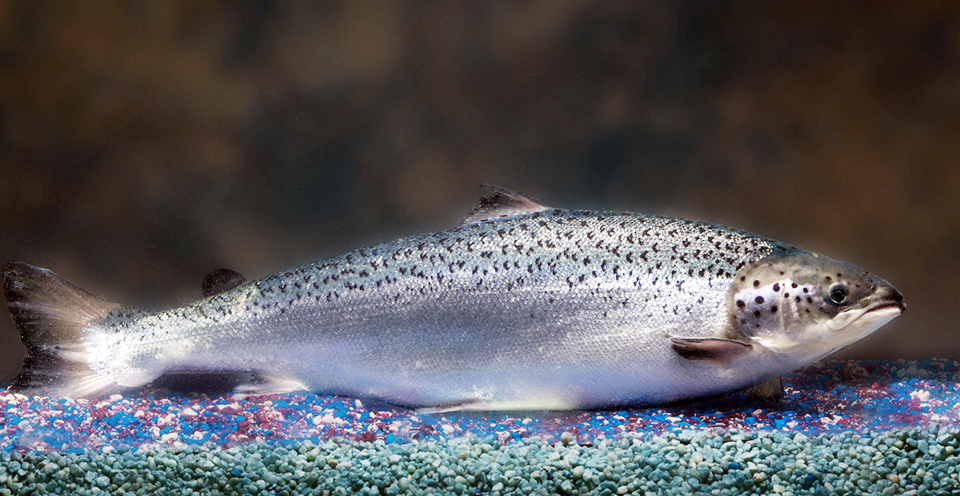
Intelligence
A brief look at genetically modified salmon
If approved by FDA, fast-growing genetically modified salmon will provide a safe and nutritious product similar to other farmed Atlantic salmon.

Aquafeeds
A look at phospholipids in aquafeeds
Phospholipids are the major constituents of cell membranes and are vital to the normal function of every cell and organ. The inclusion of phospholipids in aquafeeds ensures increased growth, better survival and stress resistance, and prevention of skeletal deformities of larval and juvenile stages of fish and shellfish species.

Aquafeeds
A new nutrient for aquaculture, from microbes that consume carbon waste
Biotechnology firm NovoNutrients aims to produce a line of nutraceutical aquafeed additives as well as a bulk feed ingredient that can supplement fishmeal. Its process includes feeding carbon dioxide from industrial gas to a “microbial consortium” starring hydrogen-oxidizing bacteria.
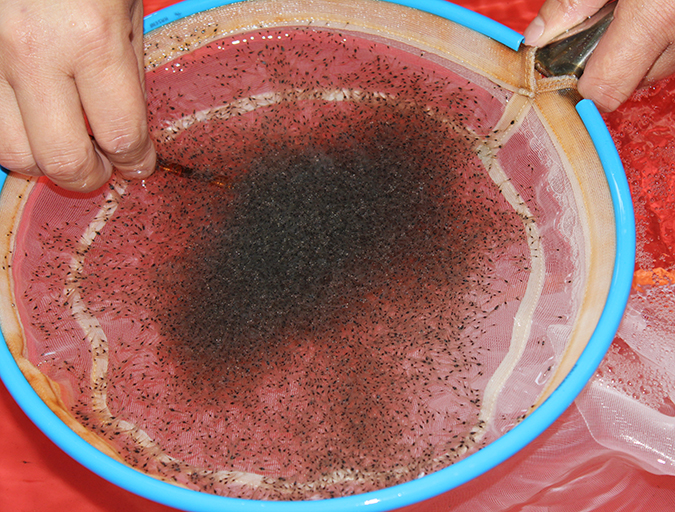
Health & Welfare
Acclimating shrimp postlarvae before pond stocking
Shrimp postlarvae acclimation before stocking into the various growout systems (ponds, raceways, tanks) is a critical – and often overlooked, sometimes taken for granted – step in the shrimp culture process. Various water quality parameters should be changed slowly so that the young shrimp have the time to gradually adapt to the new conditions.


